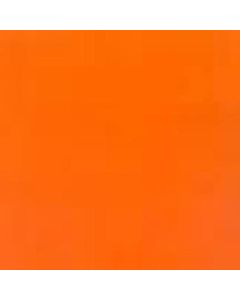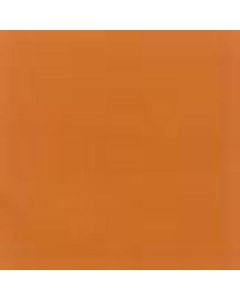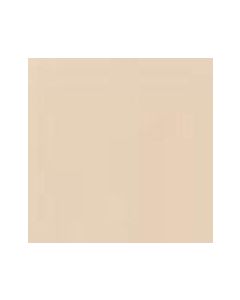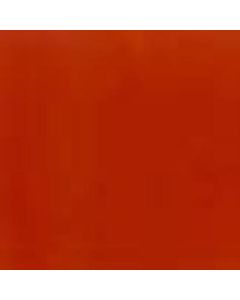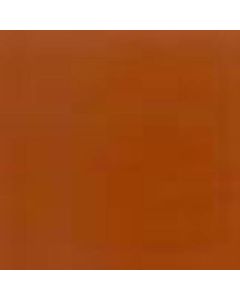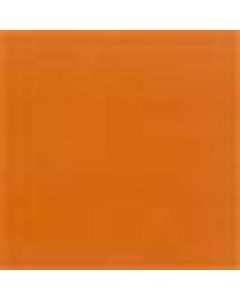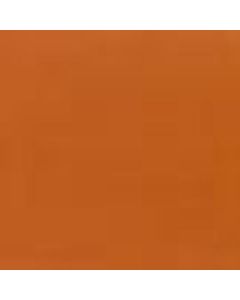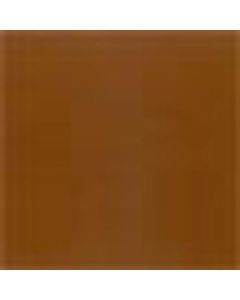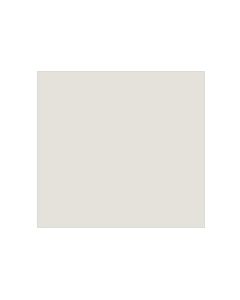Mason Stains ®(by Mason Color Works)
Mason Stains ® (by Mason Color Works) are pre-mixed, ceramic pigment compositions formulated for consistent color and stability in glazes, slips, and clay bodies. They are composed of finely ground metal oxides, primarily iron, cobalt, manganese, copper, and chromium, often blended with fritting agents to improve solubility, uniformitity and stability in high-temperature environments
Glaze coloration: Mason stains can be added to transparent or opaque glazes to achieve a wide range of vibrant and subtle color effects. Their pre-mixed nature ensures predictable and reliable color results, making them ideal for both beginners and experienced potters.
Slip decoration: Mixing Mason stains with water or liquid medium creates colored slips for decorating bisque-fired ware. These slips can be applied in various techniques like brushing, pouring, or dipping to create patterns, designs, and textural contrasts.
Clay body coloring: Mason stains can be incorporated directly into the clay body during mixing. This technique imparts a consistent, through-body color to the entire ceramic piece, offering unique aesthetic possibilities.
Engobe enhancement: Adding Mason stains to engobes, thin clay coatings applied before glazing, can introduce color or enhance existing textures for added visual interest.
Mason Stains ® (by Mason Color Works) The stains may be used effectively as colorants for direct brush decoration when mixed with water and a flux. More flux is required at the lower temperatures to melt the stain. Color results will vary according to glaze composition, firing temperature and kiln atmosphere. The quantity of stain used will vary between 1%-15% depending on the depth of color required. Most of the stains will produce the color indicated and remain stable up to 2300F in both oxidation and reduction atmospheres. Some of the colors such as pink, yellow and purple can be volatile at higher temperatures, and in reduction atmospheres. Testing is recommended to determine stability. Calcium oxide may affect the color of many stains. For best color development, calcium carbonate (whiting) should be added to the base glaze where indicated. See reference chart for details. As zinc is chemically combined in some of the stains, free zinc can alter or destroy the intended color. Again, for the very best color results, follow the guidelines of the code numbers listed next to the stains. Pastel colors can be produced by adding tin or zircon opacifiers in small amounts or by using mason extenders. Stains may be combined to produce new colors. Testing is necessary. *Flux - Ferro Frit 3124 can be used as a flux to mix with the stains. 85 stain/15 flux is a good starting point for testing.












